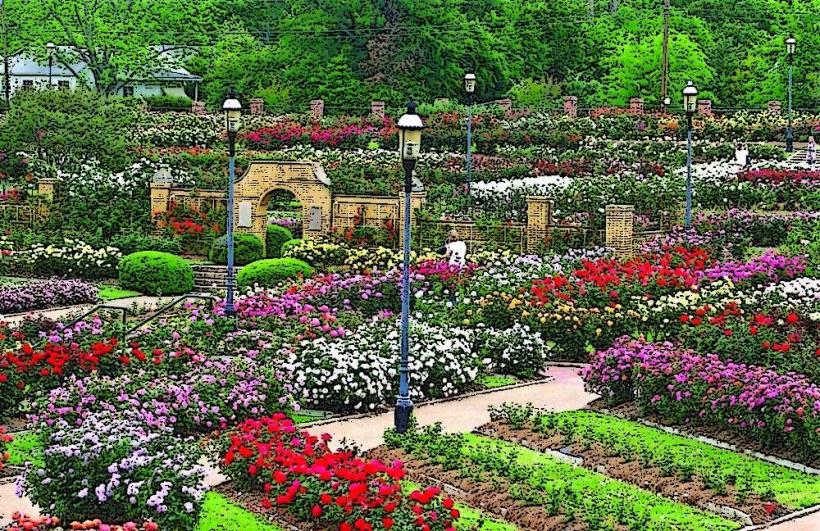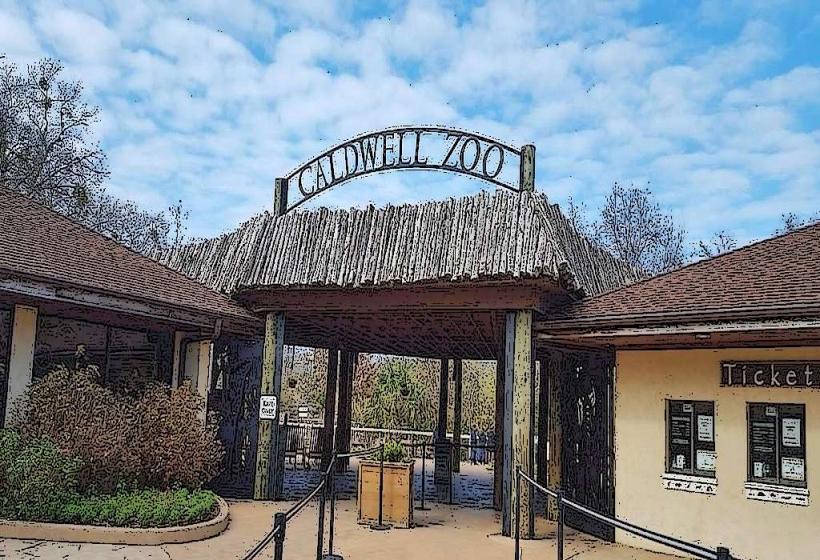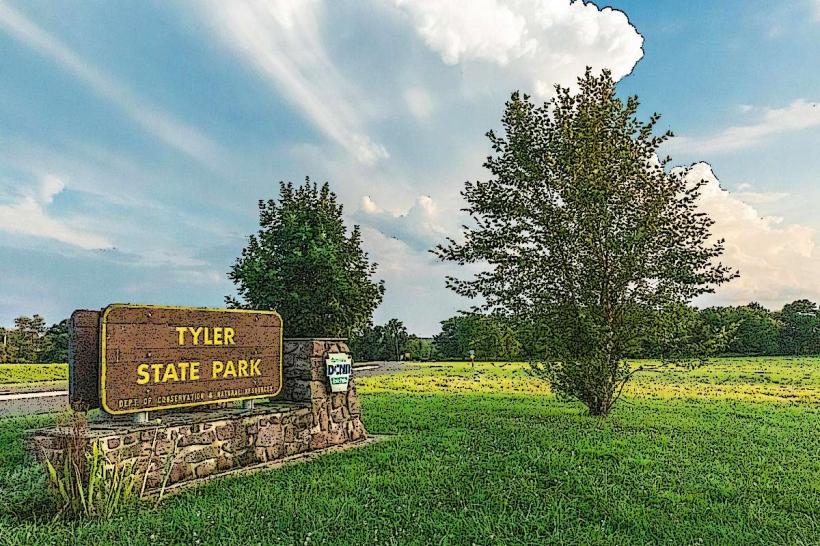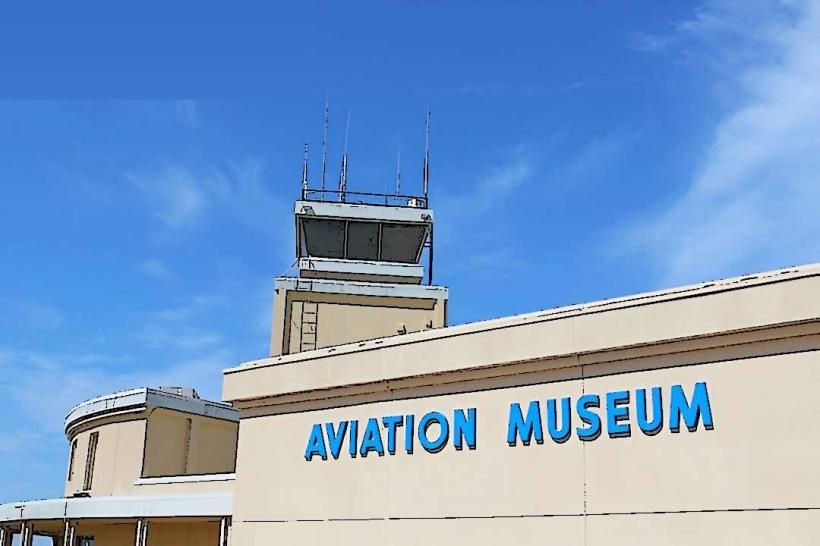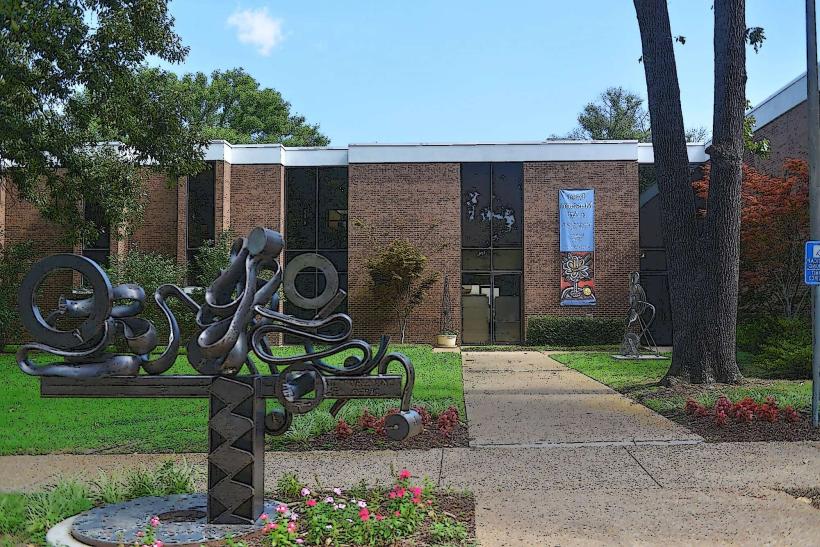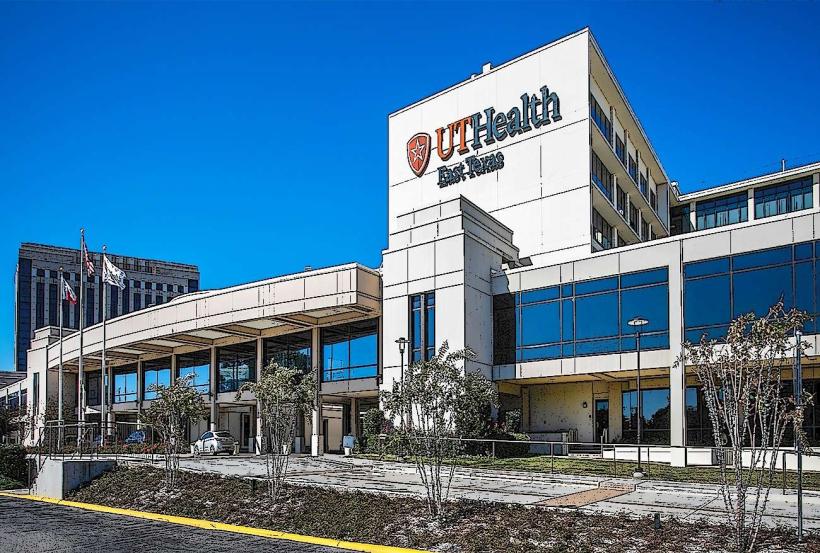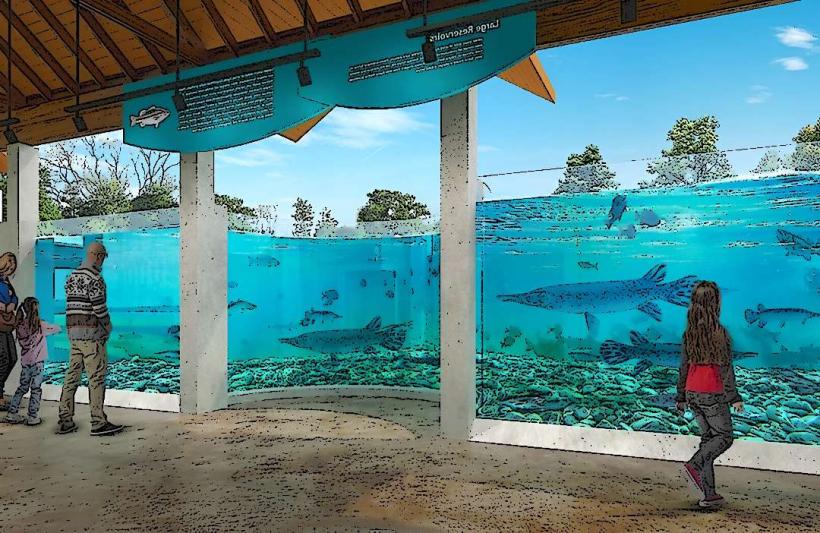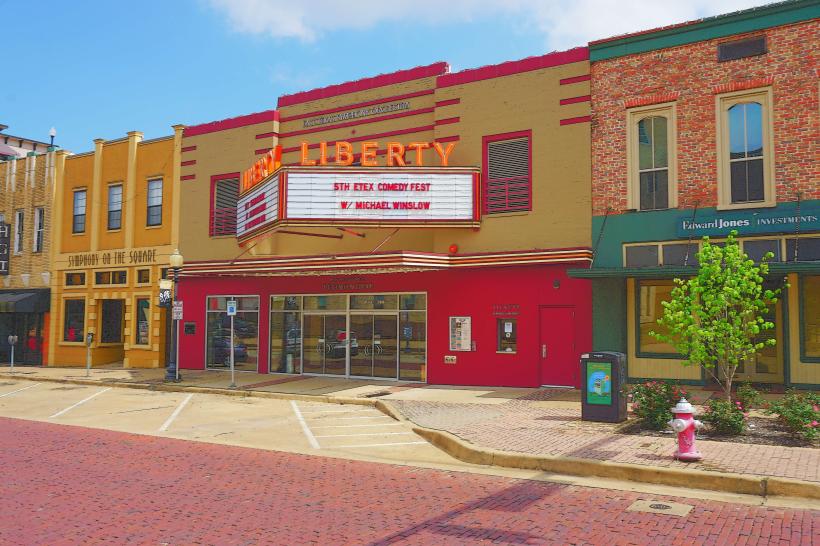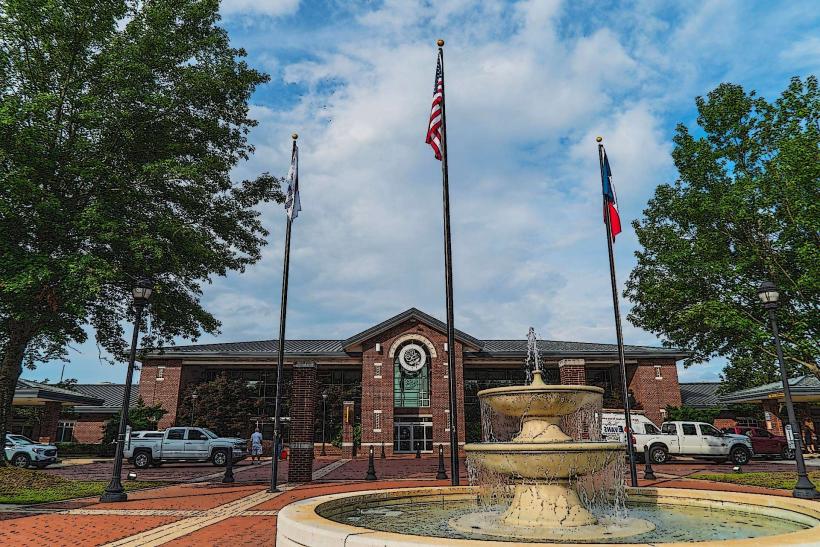Information
City: TylerCountry: USA Texas
Continent: North America
Tyler, USA Texas, North America
Tyler is a prominent city in East Texas known for its natural beauty, historical charm, and status as a cultural and economic hub of the region. Often referred to as the "Rose Capital of America," Tyler has a strong horticultural identity and is home to the largest municipal rose garden in the United States. It combines a small-town atmosphere with the amenities of a larger city, offering residents and visitors a balanced mix of history, nature, education, and healthcare.
Here is a detailed overview of Tyler:
1. Geography and Location
Tyler is located in Smith County in the Piney Woods region of East Texas.
Landscape: Unlike the flat plains of West Texas, East Texas is characterized by rolling hills, dense forests, and fertile soil. Tyler is surrounded by pine, oak, and hardwood trees, making it one of the greenest areas in the state.
Proximity: Approximately 100 miles east of Dallas, it is connected via U.S. Highway 69 and Interstate 20, making it a key city between Dallas and Shreveport, Louisiana.
Water Features: Several lakes surround Tyler, including Lake Tyler and Lake Palestine, which offer recreation, water supply, and scenic value.
2. Historical Background
Tyler was established in 1846, named after U.S. President John Tyler.
Early Economy: Initially a farming and ranching town, Tyler’s early growth was supported by cotton, cattle, and timber.
Railroads: The arrival of railroads in the late 1800s helped turn Tyler into a trade and transportation hub.
Oil Boom: In the 1930s, Tyler experienced rapid development due to the East Texas Oil Boom, which brought wealth and expanded infrastructure.
Rose Industry: By the mid-20th century, Tyler had become the national center for rose cultivation and shipping, earning its nickname.
3. Economy
Tyler has a diversified economy that includes healthcare, education, agriculture, manufacturing, and energy.
Healthcare: It is a medical hub for East Texas, anchored by UT Health East Texas and CHRISTUS Trinity Mother Frances Health System.
Education: Several institutions, including the University of Texas at Tyler and Tyler Junior College, contribute to the education sector.
Horticulture: Roses remain a symbol of the city, and the commercial rose industry still plays a role, with local nurseries and annual events supporting it.
Manufacturing & Distribution: Tyler has light industry sectors in electronics, food processing, and chemicals. Its location also makes it a distribution center for East Texas.
Oil & Gas: Though less dominant than in the past, the region remains active in energy production and services.
4. Cultural and Tourist Attractions
Tyler offers a blend of horticultural, historical, and family-friendly attractions.
Tyler Rose Garden: The largest public collection of roses in the U.S., with more than 35,000 bushes and 500 varieties. Free and open year-round.
Caldwell Zoo: A 90-acre zoo featuring over 3,000 animals and an emphasis on education and conservation.
Historic Aviation Memorial Museum: Located at Tyler Pounds Regional Airport, it houses aircraft, memorabilia, and aviation exhibits.
Liberty Hall: A restored downtown theater offering music, comedy, films, and live performances.
Discovery Science Place: A hands-on children’s museum with interactive exhibits on science and technology.
5. Events and Festivals
Tyler is known for its annual events, many of which revolve around its rose heritage and local culture.
Texas Rose Festival: Held every October since 1933, it includes a Rose Parade, coronation ceremony, arts & crafts, and garden tours. The Rose Queen is a central figure in the event.
Azalea & Spring Flower Trail: A springtime tradition showcasing miles of blooming azaleas, dogwoods, and tulips in historic neighborhoods.
Red Dirt BBQ & Music Festival: Celebrates Texas BBQ and country/roots music with performances from top Texas artists.
East Texas State Fair: A large annual fair with carnival rides, livestock shows, food vendors, and family activities.
6. Parks and Nature
Tyler offers access to numerous parks, trails, and recreational lakes.
Tyler State Park: Located just north of the city, this 985-acre park has a spring-fed lake, hiking and biking trails, and camping facilities.
Faulkner Park: A large city park with trails, tennis courts, disc golf, and sports fields.
Rose Rudman Trail: A shaded urban trail popular with walkers and cyclists, stretching through South Tyler.
Lake Tyler and Lake Palestine: Both offer boating, fishing, swimming, and lakeside homes.
7. Education
Tyler is a regional center for education with several higher education institutions and public schools.
University of Texas at Tyler: A growing public university offering undergraduate, graduate, and doctoral degrees across a variety of disciplines.
Tyler Junior College (TJC): One of the largest and most respected junior colleges in Texas, known for strong programs in nursing, dental hygiene, and the arts.
K-12 Education: Served by Tyler ISD, which includes two major high schools (Tyler High and Tyler Legacy), magnet programs, and charter schools.
8. Climate
Tyler has a humid subtropical climate, typical of East Texas.
Summer: Hot and humid, with average highs in the 90s°F (32–37°C). Thunderstorms are common.
Winter: Mild, with occasional cold spells and rare snow or ice.
Spring/Fall: Pleasant and green, with blooming flora and mild temperatures.
Rainfall: Around 45 inches (1,140 mm) annually, with precipitation spread throughout the year.
9. Transportation
Highways: U.S. Highways 69, 271, and 80, as well as Loop 323 and Toll Loop 49, serve the area.
Air Travel: Tyler Pounds Regional Airport provides flights to Dallas and other destinations.
Public Transit: Tyler Transit offers limited bus service, mainly within the city center.
Rail and Freight: The city is served by Union Pacific Railroad for freight, though there is no passenger rail service.
10. Demographics and Urban Life
Population: Over 110,000 people in the city, with a metropolitan area exceeding 220,000.
Diversity: The population includes a mix of Anglo, Hispanic, African American, and growing Asian communities.
Cost of Living: Generally lower than the national average, with affordable housing and utilities.
Urban vs. Suburban: While Tyler has grown in size and amenities, it retains a suburban and sometimes rural atmosphere, especially outside the core.
Conclusion
Tyler stands out in Texas for its natural beauty, rich history, and horticultural identity. Whether you're drawn to the tranquil rose gardens, the energy of its college campuses, or the charm of its historic neighborhoods and festivals, Tyler offers a quality of life that blends tradition with modern opportunity. It serves as the heart of East Texas—culturally, economically, and geographically—offering a welcoming community surrounded by nature.

